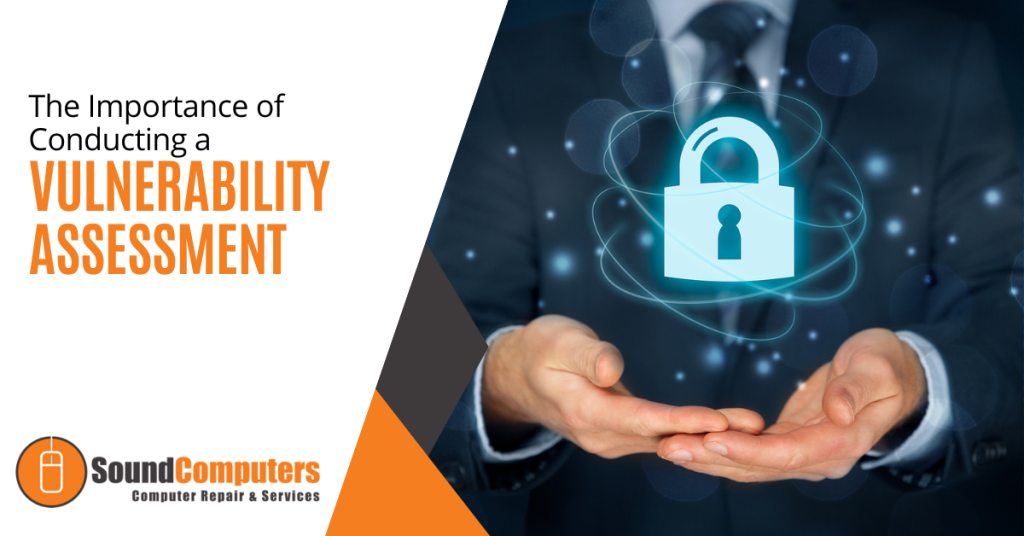
In today’s interconnected digital world, cybersecurity has become a paramount concern for individuals, businesses and governments alike. With the constant threat of cyber attacks looming, organizations must stay vigilant in identifying and mitigating potential vulnerabilities in their systems and networks.
One of the most effective ways to accomplish this is through regular vulnerability assessments. In this article, we will delve into the significance of vulnerability assessments, their role in enhancing cybersecurity posture and best practices for conducting them effectively.
Understanding Vulnerability Assessments
What is a Vulnerability Assessment?
A vulnerability assessment is a systematic process of identifying, quantifying and prioritizing vulnerabilities in a system, network or application. It involves evaluating various aspects of an organization’s IT infrastructure (including hardware, software, configurations and policies) to uncover potential weaknesses that could be exploited by cyber attackers.
Types of Vulnerability Assessments
There are different types of vulnerability assessments and each serves a specific purpose and scope. External assessments focus on identifying vulnerabilities accessible from outside the organization’s network like public-facing websites or servers. On the other hand, internal assessments target vulnerabilities present within the internal network (which may not be directly exposed to external threats).
Additionally, there are authenticated assessments that involve using credentials to simulate an insider’s access to the system and provide a more comprehensive analysis of potential vulnerabilities.
The Importance of Vulnerability Assessments
Proactive Risk Management
By conducting vulnerability assessments regularly, organizations can proactively identify and address security weaknesses before they are exploited by malicious actors. This proactive approach to risk management enables organizations to stay ahead of emerging threats and minimize the likelihood of successful cyber attacks.
Compliance Requirements
Many industries and regulatory bodies mandate regular vulnerability assessments as part of compliance requirements. For example, the Payment Card Industry Data Security Standard (PCI DSS) requires organizations that handle credit card transactions to conduct vulnerability scans regularly. Compliance with these standards help organizations avoid hefty fines and also demonstrate a commitment to maintaining a secure environment for sensitive data.
Safeguarding Reputation and Customer Trust
A data breach resulting from a security vulnerability can have far-reaching consequences for an organization’s reputation and customer trust. By identifying and addressing vulnerabilities proactively, organizations can minimize the risk of data breaches and safeguard their reputation. Building trust with customers and stakeholders is crucial for long-term success in today’s competitive business landscape.
Best Practices for Conducting Vulnerability Assessments
Define Scope and Objectives
Before conducting a vulnerability assessment, it is essential to clearly define the scope and objectives of the assessment. Determine which assets and systems will be included in the assessment, the level of access required and the desired outcomes. This ensures that the assessment is targeted and focused to maximize its effectiveness.
Use Automated Tools and Manual Testing
Vulnerability assessments often rely on a combination of automated scanning tools and manual testing techniques. Automated tools can quickly identify known vulnerabilities across a wide range of systems and applications. However, manual testing is necessary to uncover more complex or previously unknown vulnerabilities that automated tools may overlook.
Prioritize and Remediate Vulnerabilities
Once vulnerabilities have been identified, it is crucial to prioritize them based on their severity and potential impact on the organization. Not all vulnerabilities pose an equal risk. It is essential to focus on addressing those that present the greatest threat first. Develop a remediation plan that outlines steps for addressing each vulnerability efficiently and take into account resource constraints and business priorities.
Get Started Today
Vulnerability assessments play a critical role in strengthening an organization’s cybersecurity posture by proactively identifying and addressing potential weaknesses in its systems and networks. By conducting regular assessments, organizations can mitigate the risk of cyber attacks, comply with regulatory requirements and safeguard their reputation and customer trust.
Implementing best practices such as defining scope and objectives, using automated tools and manual testing and prioritizing vulnerabilities can help organizations conduct effective vulnerability assessments. In today’s threat landscape, investing in cybersecurity measures such as vulnerability assessments is not just prudent. It is essential for protecting sensitive data and maintaining business continuity.
For more information on how to conduct a vulnerability assessment for your organization, contact Sound Computers.
